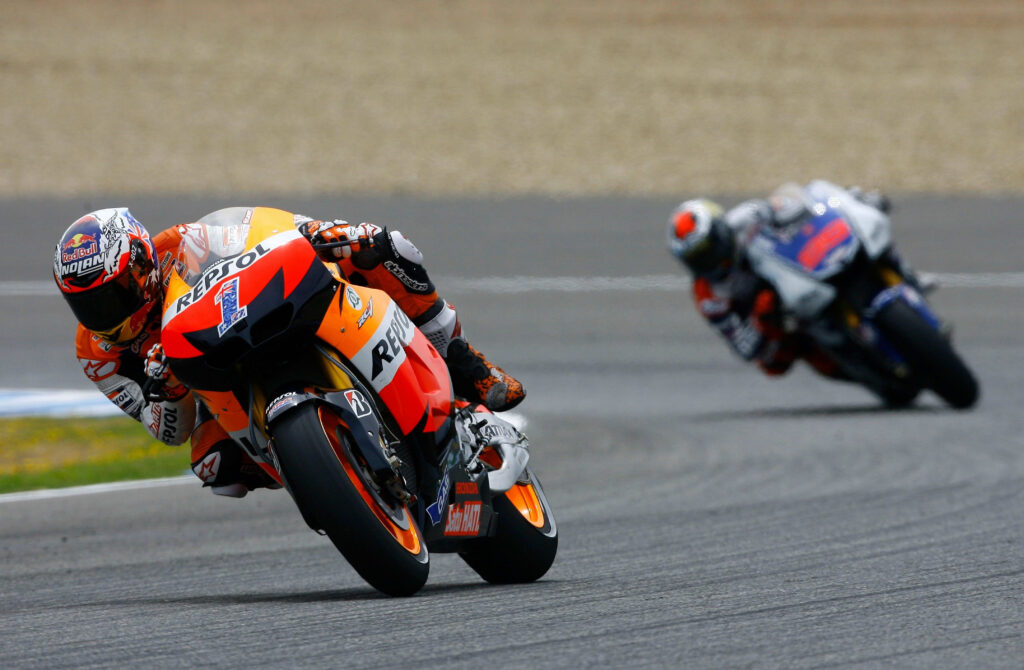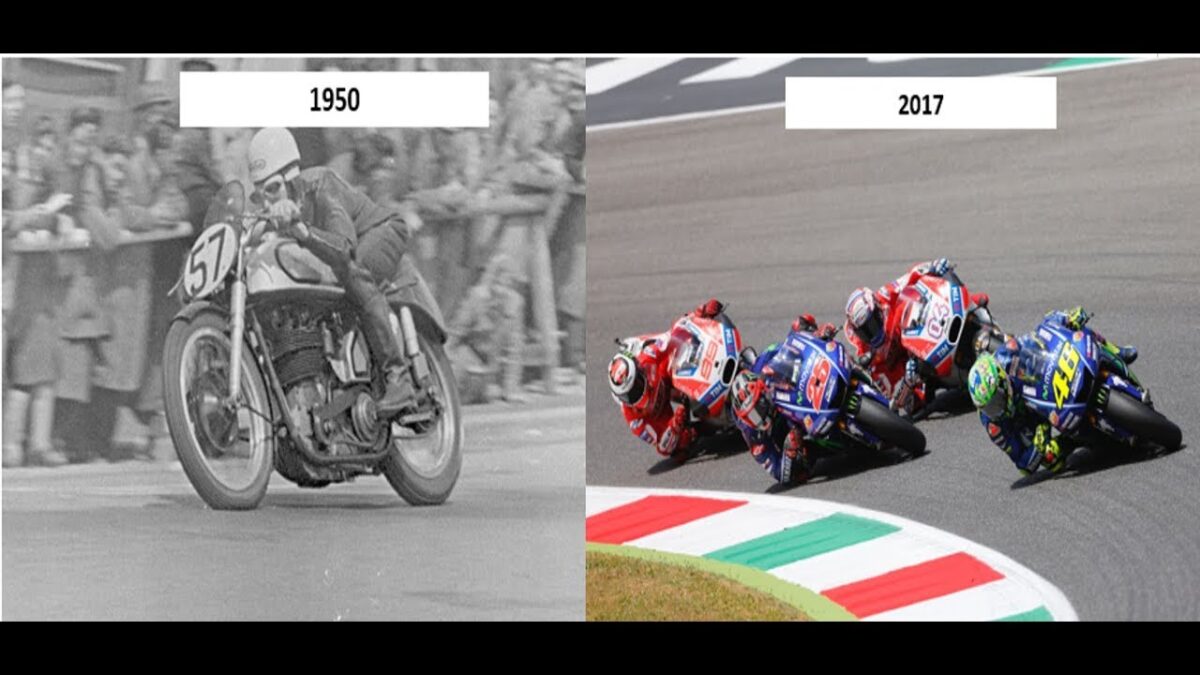The Evolution of MotoGP Bikes: From Humble Beginnings to Technological Marvels
Introduction
The high-speed, adrenaline-fueled world of MotoGP has captivated audiences for decades.
The thrill of Grand Prix motorcycle racing is not just in the competition among riders but also in the rapid technological advancements that have propelled the bikes from being mere two-wheelers to complex marvels of engineering.
This article explores the evolution of MotoGP bikes, focusing on key aspects like aerodynamics, electronic systems, and fuel management that have revolutionized the sport.
Early Days: The Founding Blocks
In the early years of MotoGP, motorcycles were far less specialized than they are today. Riders often competed on modified versions of commercially available bikes.
These bikes lacked the sophisticated aerodynamics and electronic systems that define modern MotoGP machines but laid the foundation for the innovations that would follow.
Emphasis on Aerodynamics
As the sport grew in popularity and the stakes increased, motorcycle manufacturers began paying special attention to aerodynamics.
Streamlined fairings, specialized wings, and even holeshot devices became common additions to the bikes.
These aerodynamic features not only increase speed but also improve bike stability during the corners, a vital factor in Grand Prix motorcycle racing.
Electronic Systems: A Game-Changer
The introduction of electronic systems marked a turning point in the evolution of MotoGP bikes.
Traction control, anti-wheelie systems, and seamless gearboxes are just a few of the technological wonders integrated into modern machines.
These electronic systems have allowed riders to push the limits of what’s possible on a bike, making the races even more thrilling to watch.
Advanced Fuel Management
One area often overlooked but crucial to the performance of MotoGP bikes is fuel management.
With the advent of ECU-controlled fuel injection systems, teams are now able to fine-tune the amount of fuel delivered to the engine at different stages of the race.
This has led to more efficient power output and has made fuel strategy an integral part of Grand Prix racing.
Motorcycle Manufacturers and Their Role
As the sport advanced, motorcycle manufacturers began pouring extensive resources into their MotoGP programs.
Companies like Yamaha, Ducati, and Honda have developed cutting-edge bikes that are custom-built for the unique challenges posed by each circuit on the MotoGP calendar.
Their involvement has elevated the competition and has been instrumental in the rapid advancements seen in recent years.
Two-Strokes vs. Four-Strokes
The shift from two-stroke to four-stroke engines was a watershed moment in MotoGP history.
While two-stroke engines were lighter and simpler, they were far less efficient and eco-friendly than their four-stroke counterparts.
Four-stroke engines allowed for greater flexibility in tuning and setup, as well as a broader powerband, leading to the all-around machines we see today.
The Modern Era: A Symphony of Technology
Today, MotoGP bikes are an amalgamation of several technologies working in perfect harmony.
Carbon fiber components, advanced aerodynamics, complex electronic systems, and efficient fuel management make these machines the epitome of motorcycle engineering.
The relentless pursuit of speed and performance by manufacturers and teams ensures that the evolution of MotoGP bikes is far from over.
Future Prospects: Electrification and Beyond
While the internal combustion engine remains the backbone of MotoGP, the sport is not immune to the global trend toward sustainability. Electric bikes and hybrid systems have been discussed as possible future directions for the sport, but for now, the roar of the engine remains a defining feature of Grand Prix motorcycle racing.
Conclusion
MotoGP has come a long way from its humble beginnings. The influence of aerodynamics, the integration of advanced electronic systems, and meticulous fuel management have elevated the sport to new heights.
With motorcycle manufacturers pushing the boundaries and future technologies looming on the horizon, one thing is certain: the evolution of MotoGP bikes is a never-ending quest for speed, efficiency, and the ultimate riding experience.



